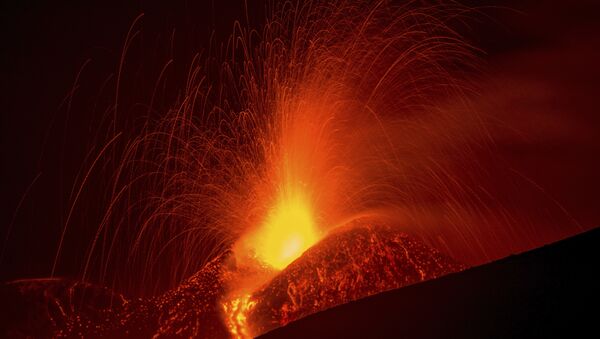The massive East African rift seems to be moving – due to inner crust, or tectonic shifting at a pace much greater than scientists earlier predicted, Indy100 reported.
The widening of the rift, which is ultimately expected to take place in the next 3-4 million years (you still have some time to go on a safari there) is already concerning the locals. Though the rift splits 2-3 millimeters annually, Kenya’s busy Mai Mahiu road has already sunk in part, endangering drivers and causing major traffic jams. Geologists tend to blame this on volcanic activity:
New understanding of Kenyan paleoenvironments opens window on human evolution in the area. #Kenya #Africa #evolution #tectonics #geology #environment #science https://t.co/5bYcIL5lmz pic.twitter.com/GgvVNxDgPn
— Frogtech Geoscience (@frogtechgeo) 18 марта 2018 г.
Kenya is slowly splitting at the Rift Valley, geologists have said after massive Earth movements on Monday morning left deep fissures in Narok County. #Kenya #RiftValley #tectonics #tectonicplate #geology #Africa https://t.co/wXqjFDe4D9 pic.twitter.com/pCHx61LtVP
— Frogtech Geoscience (@frogtechgeo) 20 марта 2018 г.
"The Great Rift splits Africa into two plates. With what is happening we have established one plate, which is the Somali plate, is moving away from the other plate at a rate of 2.5cm. In the near future if this happens we shall have Somali plate separating from the other Nubian plate," geologist David Adede told NTV.
READ MORE: Reading Minds: Russian Scientists Invent Device that Knows What You Want


